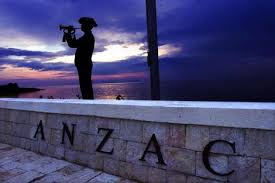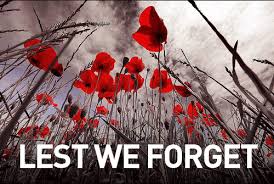Me and Lauren - ww1 Preparation
I am a Year 7 student at Tamaki Primary School in Auckland, NZ. I am in Room 7 and my teachers are Ms Aireen and Whaea Petra.
Wednesday 26 March 2014
World war 2 mines
Check this out!! this is my Preparation about World war 2
Wednesday 12 March 2014
All About Me!!
Kia Ora my name is Leigh-Amber, I have long beautiful black hair, dark black bushy eyebrows, a beautiful lovely smile, long black eyelash and a deep beautiful dimple dark brown sparkly eyes. I like going to the beach, watching scary movies, playing outside with my friends, singing and also like having fun with my family but I don’t like going outside when its raining because you can get wet.
I have amazing, crazy, funny, awesome family, I have an older brother wiremu who lives in australia he his 21 years old. He’s a game freak, and he collects many games.My sister Teina she is 11 years old. She is the coolest sister because she looks after me when I am very sick and helps me with my homework when I’m stuck on something. My mum’s name is Missy. She comes to my school and help out for technology with the year 8 and 7. My dad name is Lee he is the best dad ever because he works very hard and he loves to play golf.
I am maori and have mixed blood from different iwi. Nga puhi from Opononi, Te Aroha from Reporoa, Ngati Porou from Gisborne and Tainui. I love performing in kapahaka. My family have travelled to the Cook Islands, Hawaii, LA, and Spain for kapa haka. This year my mum and dad will be travelling to the Greek Islands to perform in a festival.
When I grow up I want to meet Ariana Grande because I think she has a unique and beautiful voice. She has inspired me to sing. I think one day when I am more confident I will be as famous as her. This is me - Leigh-Amber
My Questions About Anzac!!
Our class are doing some questions about anzac.
Tuesday 11 March 2014
My Poster About CyberSmart!!
This is what I did for cybersmart. We had to do a little poster about Cybersmart well here it is, me and my friend did a little poster about cybersmart.
Monday 10 March 2014
What I know About Anzac
Today I did a homework sheet about What I know about Anzac.
ThinkBoard 16+7
We are learning about Thinkboard Master 16+7
Wednesday 5 March 2014
The Anzac Day- Close Task!!
Anzac Day - Cloze Task
WALT develop our thinking skills about ANZAC day.
WALT develop our thinking skills about ANZAC day.
Most Anzac day services __start____with a march of returned service personnel
wearing _____their__ medals, and marching behind banners and standards. The
veterans ___are_____ joined by other community groups, including members
___of___the armed forces, the Red Cross, cadets etc.
The march continues __to__ the local war memorial, where a service takes place.
This includes the laying of wreaths __and__various organisations and members of
the public. Flowers have traditionally ___being__ laid on graves and memorials in
memory of the _____use________. Laurel and rosemary are often ________laid_____
in wreaths. Laurel ____was__ used by the ancient Romans as a symbol of honour
and was woven __into____ a wreath to crown victors or the brave. Rosemary is used
____of_ remembrance. The wreaths are laid to honour the people __who__ have died
fighting for New Zealand.
The poppy has become the symbol ___of_ Anzac Day. The Flanders poppy as it is
__currently___ called grew in the trenches and craters of _the___ war zone in Belgium and
at Gallipoli. These poppies ___grow__ wild in the spring. The soldiers thought of the
poppies as soldiers who had ____died ___. The poppy was _made_____ famous by Colonel
J.M. McCrae's poem __forged_____ in Flanders' Fields. Poppies are sold on the ______
before Anzac Day to raise money for the R.S.A. [Returned Services Association]
In most ceremonies of remembrance _there__is a reading of a poem. This is
often "The Ode to the Fallen" by_Laurence Binyon. It _was her__first published in
the Times newspaper in 1914.
They shall not grow __old__ as we that are ___left___ grow old.
Age shall not weary __them__, nor the years condemn.
At the going __down__ of the sun and in the morning.
We ___will___ remember them.
The last post _is__ the trumpet call sounded in army barracks at 10pm _at_____
night to mark the end of the ___days_____ activities. It is also __used__at military
funerals and commemorative services to show _that__the soldier's day has
drawn _to_a final close.
This is usually followed by a period of silence for one _or___ two minutes as a sign
of respect for those _who_ have died. After observing the silence the _flags__are
raised from half-mast to the masthead. The Rouse is _then_ played. The Rouse
called the soldier's spirits to arise and _fight_ for another day.
The Reveille is played at _the___ dawn services instead of the Rouse. The Reveille is
played only _for___ the first call in the __morning_. It woke the soldiers _up___ at
dawn.
Often hymns __were__ sung and speeches made. The important part of the ceremony
is to __remember__those who died.
Subscribe to:
Posts (Atom)


